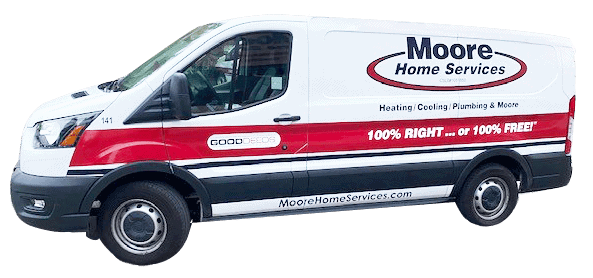Plumbing Maintenance Checklist: What to Look for When Checking Your Plumbing
Posted by Moore Home Services
Plumbing
Plumbing problems can cause extreme difficulties for homeowners. When at their worst, they can put an entire household out of action, demanding temporary relocation until the problems are solved.
Plumbing problems can also be very expensive. While we tell people to always a call a plumber, here are a few proactive things you can do to preserve your plumbing system.
Our plumbing maintenance checklist will explain what to check, how to check it, and what you’ll see if there’s a problem. Make sure to follow this checklist every other month to investigate the conditions of your plumbing fixtures.
1. Around the House
Take some time to assess your plumbing’s condition around the house. These plumbing maintenance checks should discover any problems with:
The Water Heater
Plumbing maintenance begins with your water heater. Jut know that cold water isn’t the only risk if there’s a problem with your water heater. Faulty water heaters can become contaminated, which breeds bacteria and raises health concerns.
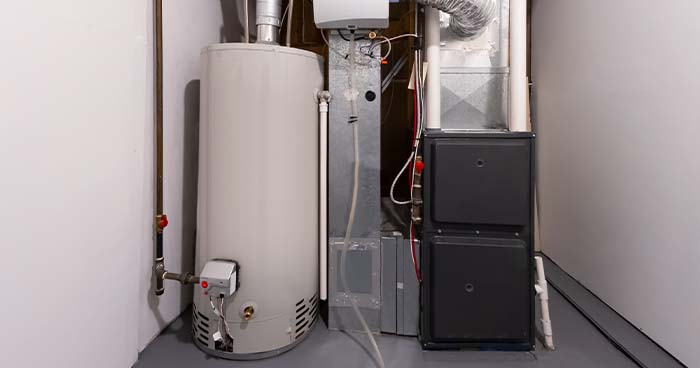
Focus on your pipes. Look to see whether they’re intact with no holes and no leaks. If the pipes are leaking, they’ll need repair.
Pay close attention to the color of the water. When it’s healthy, the water will be totally transparent. If, however, the water is a murky, rusty, shade of brown, dirty and dust has infiltrated the water. This can become dangerous and cause a member of your household to become sick, so it’s important that this is inspected regularly and repaired should there be a problem.
Hose Spigots
Many homeowners overlook the importance of checking their hose spigots. The first indication that anything is wrong with them shows up in the water bill, and they then wish they took some time to check for issues.
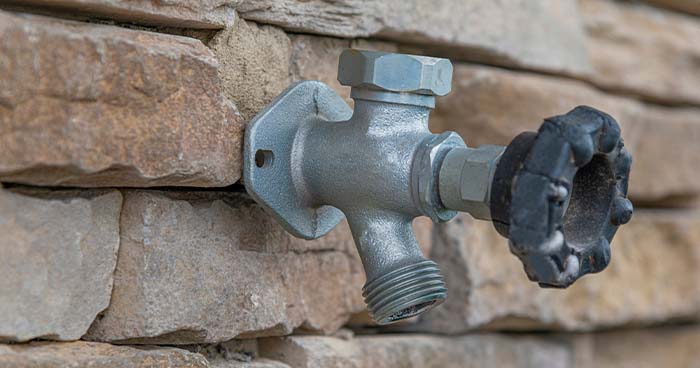
Hose spigots tend to develop leaks with old age, so it’s important to stay on top of their condition with routine plumbing maintenance checks.
Look for any spills. If there are leaks, you’ll need to replace your cartridges or washers. This easy replacement is quick and far less expensive than the excess water you’ll be using and repairs you’ll need if you don’t catch it on time.
Washing Machine
As with any device, your washing machine lasts longer if you take care of it. This also includes plumbing maintenance and checking that it’s working with no leaks or problems.
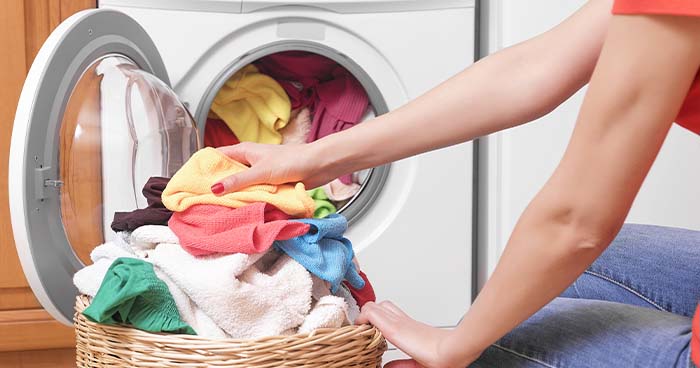
This check takes only minutes and should be done while your washing machine is cycling. While your laundry is being cleaned, check that there’s no water leaking from your washing machine. If there is, you’ll need to repair it, as this can lead to household damage and be dangerous if it’s near electricity.
Leaks from your washing machine tend to be due to a faulty pump, drain hose, or a worn-out tub-to-pump hose.
The Bathroom
Your bathroom plays host to many plumbing fixtures. This room is also used frequently by all your household members, so there’s a higher risk of plumbing problems. Due to the higher risk, you should pay close attention to the plumbing fixtures in your bathroom and routinely check the following for any problems:
The Faucets
The key components you should check closely are the faucets in your bathtub, shower, and sink. They’re used the most and often requirement replacement before other fixtures.
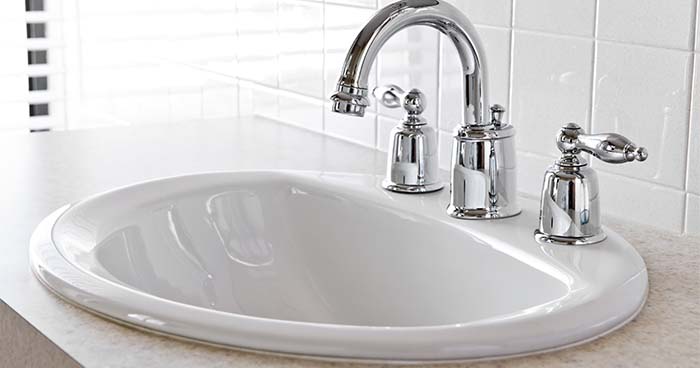
You’ll need to check the faucets for any excess water or leaks. If you spot water leaking from your faucet, you’ll need to replace the washers and cartridges.
Checking the plumbing for your bathtub or shower can be tricky because the water supply lines lie hidden inside the walls. This means it’s impossible to spot a leak with the naked eye. However, if you check the room directly beneath the bathroom, you’ll see symptoms of a leak. These plumbing problems can become catastrophic, so it’s important to regularly perform maintenance checks.
Run your faucets and test your water pressure. If it’s weak or spraying water irregularly, it indicates there’s a calcium buildup on your aerator. Luckily, that’s an easy fix. Remove the aerator and clean it by soaking it in vinegar. If the build-up is too dense, it’s better to replace it altogether.
The Drains
Drain blockages are very common in the bathroom. Hair often runs down the rain and mixes with soap, causing a blockage.
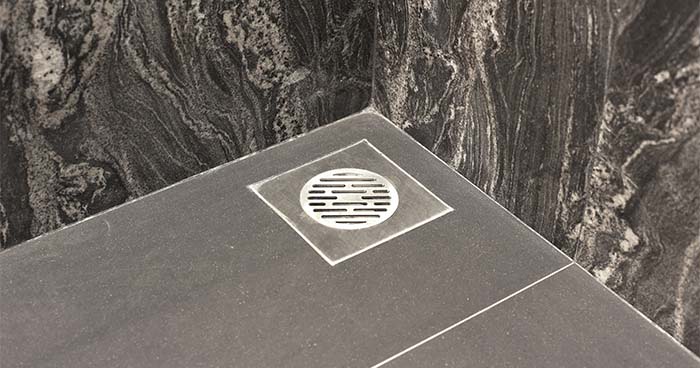
Many homeowners only tackle the problem once there’s a noticeable blockage. This can be spotted simply by seeing whether the water flows down the drain properly without taking too long.
That said, it’s far more effective to treat this preventatively. Stir together some baking soda and vinegar and pour it down the drain every other month. This will eliminate any blockages that are building up.
Of course, you can buy drain unblocking solutions, and these are effective when the situation has worsened. But for routine use, it’s less expensive and just as powerful to use baking soda and vinegar.
The Toilet
Everyone knows how important it is to have a functioning toilet, especially if it’s the only one in the house. In extreme cases, a broken toilet can cause sewage buildups, breed bacteria, and cause families to pack up and seek temporary accommodation.
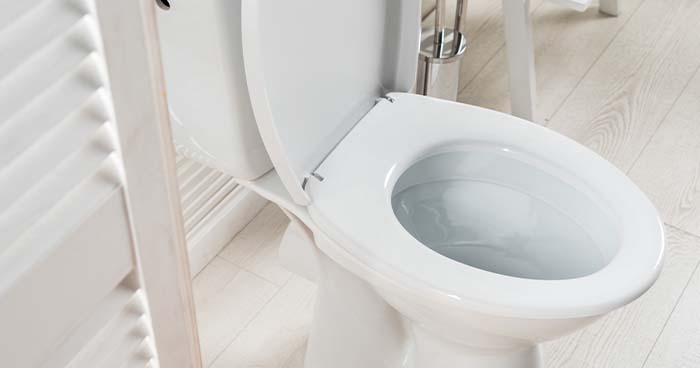
However, staying on top of your toilet’s maintenance and ensuring it’s functioning properly will help your household avoid this.
You’ll need to look for any spilling water and leaks, particularly looking at the base of your toilet. Ensure the surrounding flooring is dry.
Every other month, you should also test how much water the toilet is using. This can be done by removing the tank lid and flushing the toilet.
If the toilet continues to run after it has been flushed, water is being wasted. That wasted water will make a guest appearance on your water bill, so it’s highly recommended you stay on top of the condition of your toilet.
The Kitchen
The kitchen is a frequently used room by all members of your household. Therefore, the condition of your plumbing should be healthy, with no leaks, blockages, or spillages. With that in mind, maintaining your plumbing in the kitchen should revolve around:
The Sink
Your kitchen sink is used frequently for a range of tasks. From washing up to draining pasta — even being used as a baby bath! Because of how often it’s used, it’s crucial to keep it clean and ensure the plumbing is in good condition.
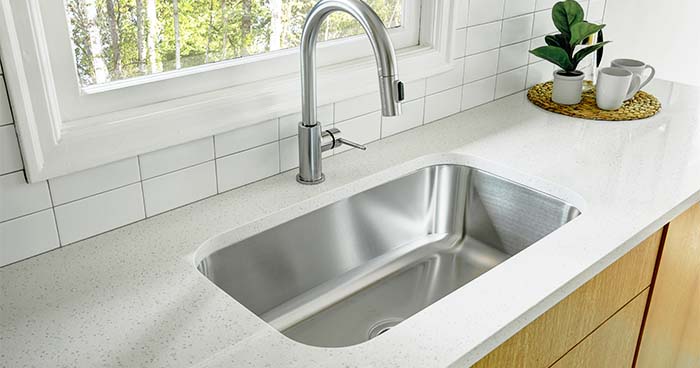
If something is wrong with your sink, you’ll sometimes smell it before you see it. That smell can travel around your entire house in minutes if the blockage is bad enough.
To avoid this, you’ll need to check your sinkhole every other month. Ensure the water drains quickly without building up. This can be done by simply watching the speed of the water swimming down the plug.
As with your bathroom sinks, it’s best to treat this routinely rather than only when a problem occurs. Use the same remedy: baking soda and vinegar every other month to break down any developing blockages.
The Faucet
Faulty kitchen faucets are the most common plumbing problem out there. However, repairs to a kitchen faucet can be straightforward if it’s caught early enough.
The problem, however, is that most homeowners don’t spot a damaged faucet until it’s developed into a bigger problem. This is simply because they’re not actively looking for leaks until it’s noticeable without searching for it. At this point, gallons of water have already been wasted, and your water bills are soaring without any explanation.
This can be avoided by inspecting your kitchen faucets. Move the lever and investigate, looking for any leaks. If needed, you can then replace your faucet. Purchasing a new kitchen faucet may seem like an expense, but it’s far cheaper in the long run due to all of the wasted water.
The Garbage Disposal
If there’s a problem with your garbage disposal, it’s often due to faulty drain connections. Whether that’s between the dishwasher discharge or the sink drain, there’s a simple check you can do to ensure the plumbing is in tip-top shape.
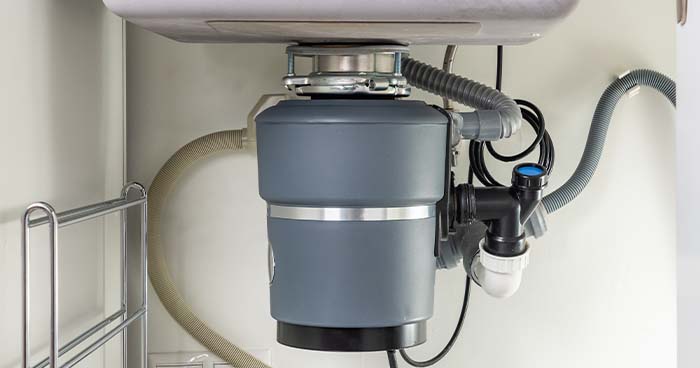
Turn on the water and power up your garbage disposal. Then, look under your sink for any leaks or excess water. If there’s any water, it indicates that there’s a problem that will need repair sooner rather than later.
The Dishwasher
The final plumbing maintenance check you’ll need to do is on your dishwasher.
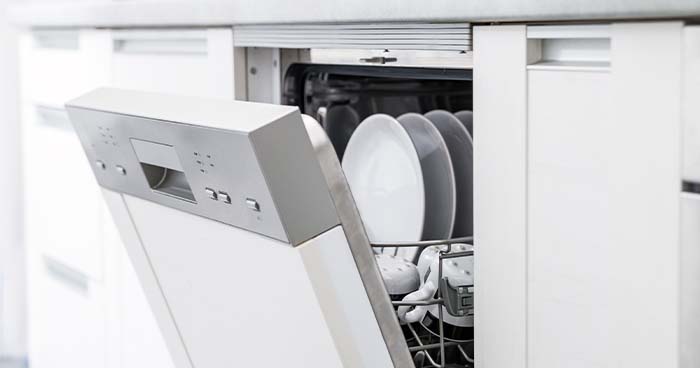
If you have a dishwasher, you’ve probably enjoyed not having to clean your plates, pots, and pans. It’s saved you time and effort. However, if there’s a problem, it can lead to a higher water bill and needing to do the washing up manually.
You can check your dishwasher monthly by watching it in action. If it’s taking too long to fill up, there’s likely a problem with your water supply hose or the valve that’s used to control it.
On the other hand, if it’s draining too slowly and you see water at the bottom of your dishwasher after it’s cycled, you’ll need to inspect your water discharge hose to make sure there aren’t any blockages.
It’s important to stay on top of your plumbing maintenance to avoid cases spiraling and needing expensive and complex repairs. Going through this checklist every other month allows you to be proactive should a problem occur.
If you have any questions about your plumbing system, feel free to
reach out to the experts at Moore Home Home Services.










